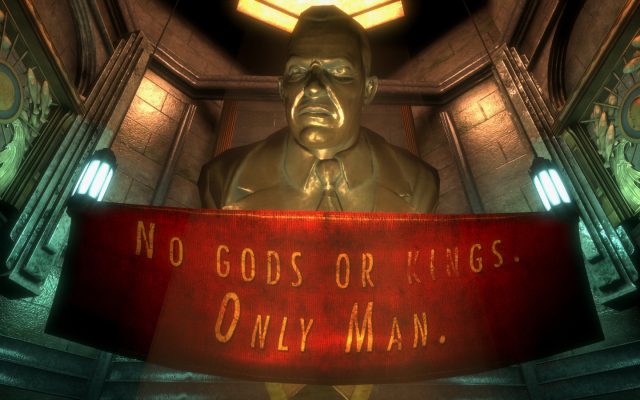Science inches closer to real BioShock-style plasmids
Ars Technica » Scientific Method 2014-02-24

In 1953, molecular biologists James Watson and Francis Crick released what would be one of the most groundbreaking scientific discoveries of the modern age. The publication of their research paper Molecular Structure of Nucleic Acids: A Structure for Deoxyribose Nucleic Acid in the scientific journal Nature marked the end of a heated race to find the molecular structure of DNA, marking the dawn of molecular genetics. But neither man (nor their then-uncredited co-discoverers Rosalind Franklin and Raymond Gosling) could have envisioned how their work would permeate into every facet of modern society, including pop culture.
“No gods or kings. Only man.”
These are the words that greeted players to the underwater city of Rapture in the 2007 video game BioShock. Founded on the objectivist philosophies of entrepreneur Andrew Ryan, the city was intended as a haven for the world's greatest free-thinking minds. Free from the “oppressions” of politics, religion, and society, the citizens of Rapture could indulge in their artistic, scientific, and commercial pursuits.
Read 53 remaining paragraphs | Comments